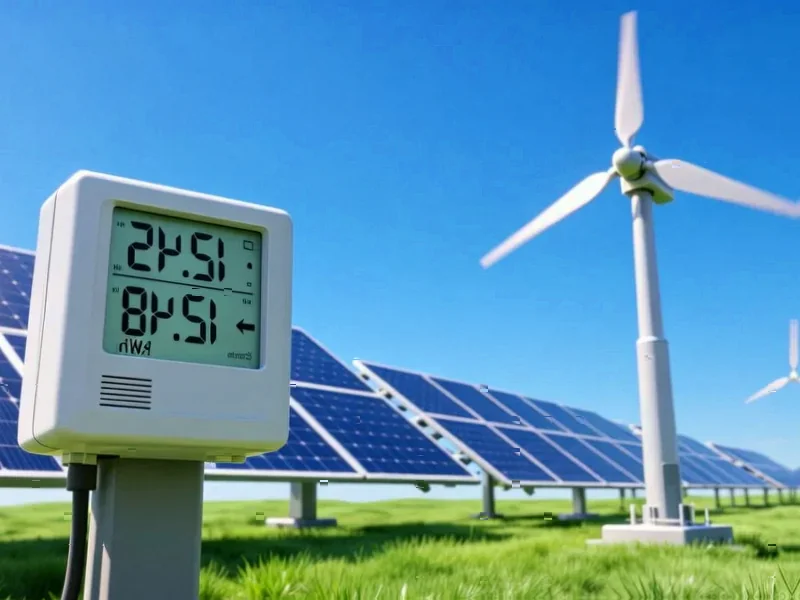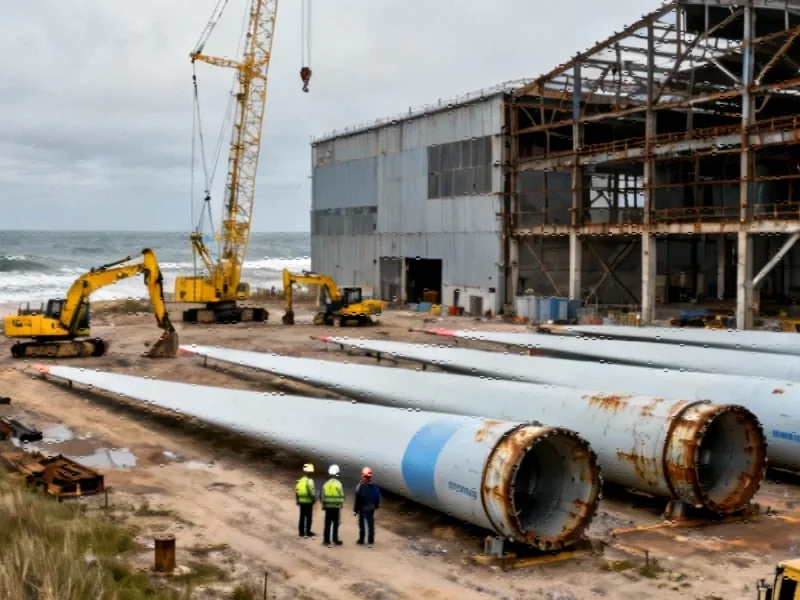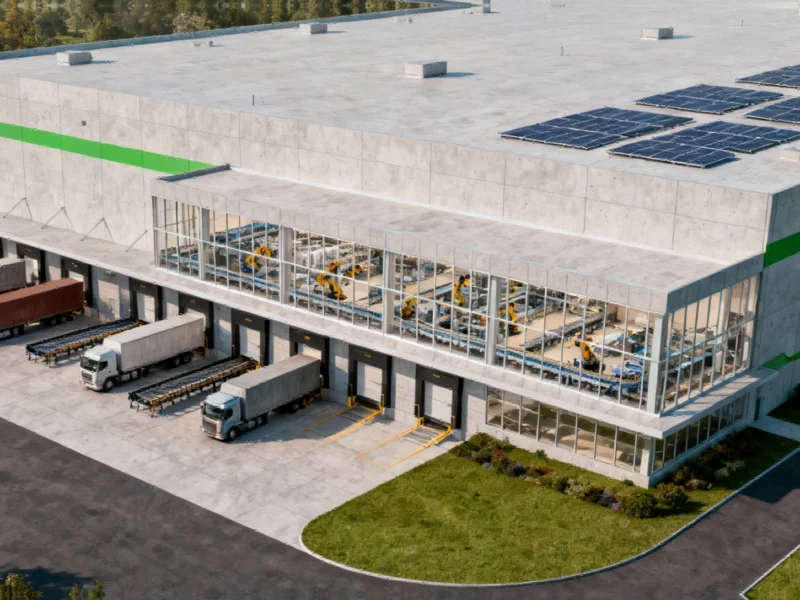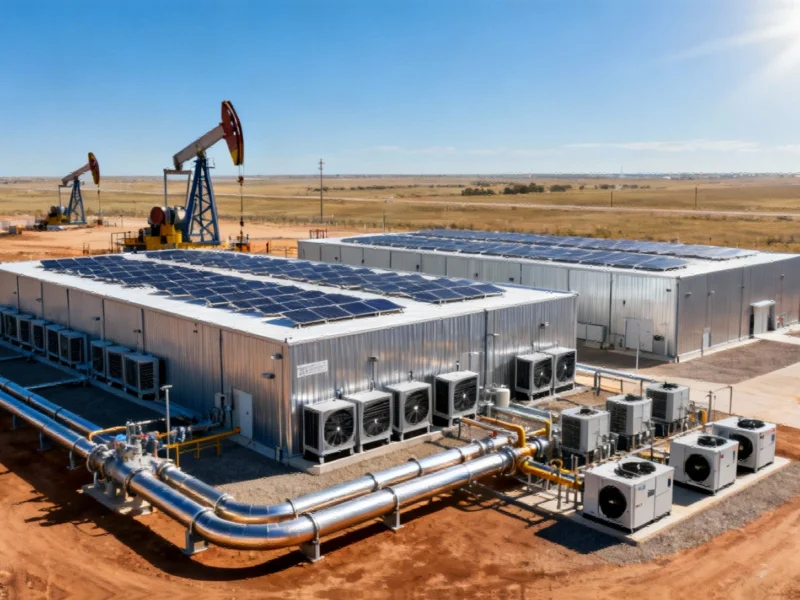According to SciTechDaily, researchers at Nanjing University of Aeronautics and Astronautics have developed a floating droplet electricity generator that produces high electrical output while using natural water as both structural support and conductive electrode. The new design achieves approximately 80% weight reduction and 50% cost savings compared to traditional droplet generators while maintaining peak voltages around 250 volts per droplet. The team demonstrated a 0.3-square-meter integrated device capable of powering 50 LEDs simultaneously and charging capacitors within minutes. The findings, published in National Science Review on August 4, 2025, represent a significant advancement in hydrovoltaic technology that could enable land-free renewable energy systems. This breakthrough opens new possibilities for distributed energy harvesting from natural rainfall.
Stakeholder Impact and Market Disruption
The floating droplet generator represents a paradigm shift that will affect stakeholders across multiple sectors. For environmental monitoring companies, this technology offers a game-changing solution for powering remote sensors in aquatic environments without battery replacement logistics. Water quality monitoring stations, marine research facilities, and coastal management authorities could deploy these systems to create self-sustaining networks that operate independently of grid power or solar limitations. The ability to function in varying salt concentrations and resist biofouling makes this particularly valuable for marine applications where traditional energy systems often fail.
Infrastructure and Deployment Challenges
While the laboratory results are impressive, real-world deployment faces significant engineering hurdles. The dielectric films must withstand not just raindrop impacts but also UV degradation, temperature fluctuations, and potential physical damage from debris or wildlife. Scaling from 0.3 square meters to the hectares needed for meaningful power generation introduces material science challenges that the research team acknowledges. Furthermore, the variability of natural rainfall patterns means these systems would need sophisticated energy storage solutions or hybrid configurations with other renewable sources to provide reliable power.
Geographic and Economic Considerations
This technology creates interesting geographic disparities in renewable energy potential. Regions with frequent, consistent rainfall like tropical areas and temperate coastal zones stand to benefit most, while arid regions would see limited utility. This could accelerate renewable energy adoption in developing nations with abundant rainfall but limited traditional energy infrastructure. However, the economic viability depends heavily on manufacturing scale and material costs – while the 50% cost reduction is significant, the absolute cost per watt-hour remains unclear without commercial production data.
Integration with Existing Energy Systems
The most promising application may be as a complementary technology rather than a primary power source. These floating generators could be integrated with existing hydroelectric facilities, aquaculture operations, or water treatment plants where they would harvest additional energy without competing for land use. The concept of “nature-integrated design” demonstrated here could inspire similar approaches across renewable energy sectors, where natural elements become functional components rather than obstacles to overcome. As renewable energy technologies continue to evolve, this water-based approach represents an important step toward more harmonious energy harvesting systems.
Regulatory and Environmental Considerations
Widespread deployment will inevitably face regulatory scrutiny regarding waterway usage and environmental impact. While the technology appears environmentally benign, large-scale installations could affect water ecosystems, navigation, and recreational use. Regulators will need to balance energy production benefits against potential ecological disruptions. Additionally, the materials used in commercial versions must meet environmental safety standards, particularly if deployed in drinking water reservoirs or sensitive aquatic habitats. These considerations will shape how quickly this technology can move from laboratory demonstration to practical implementation.




